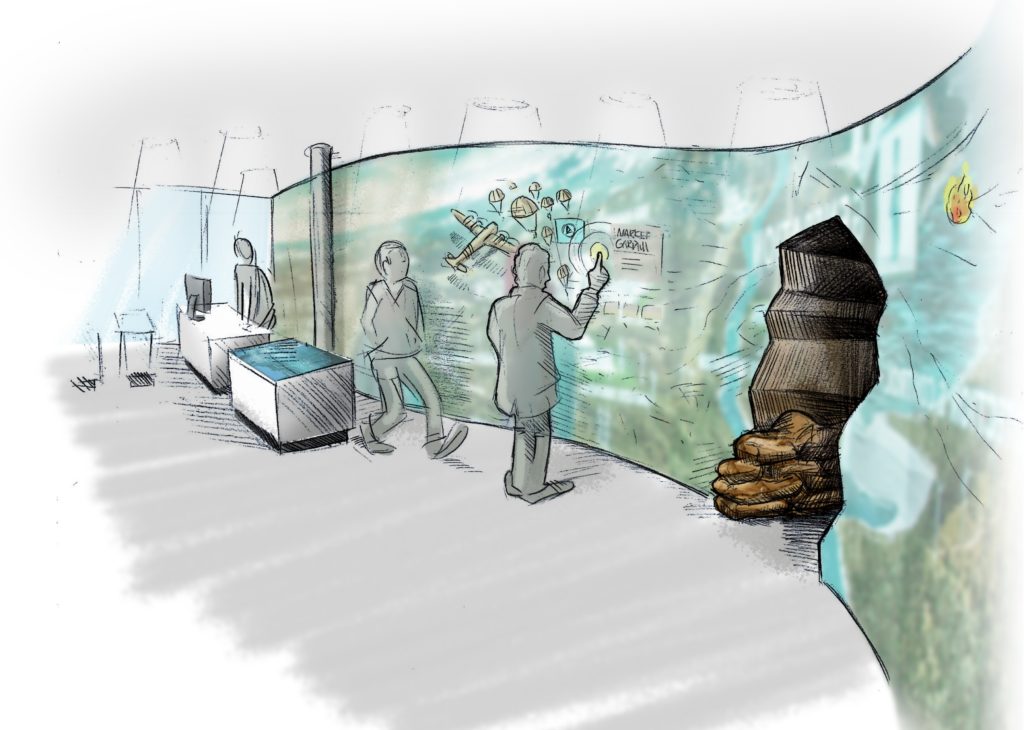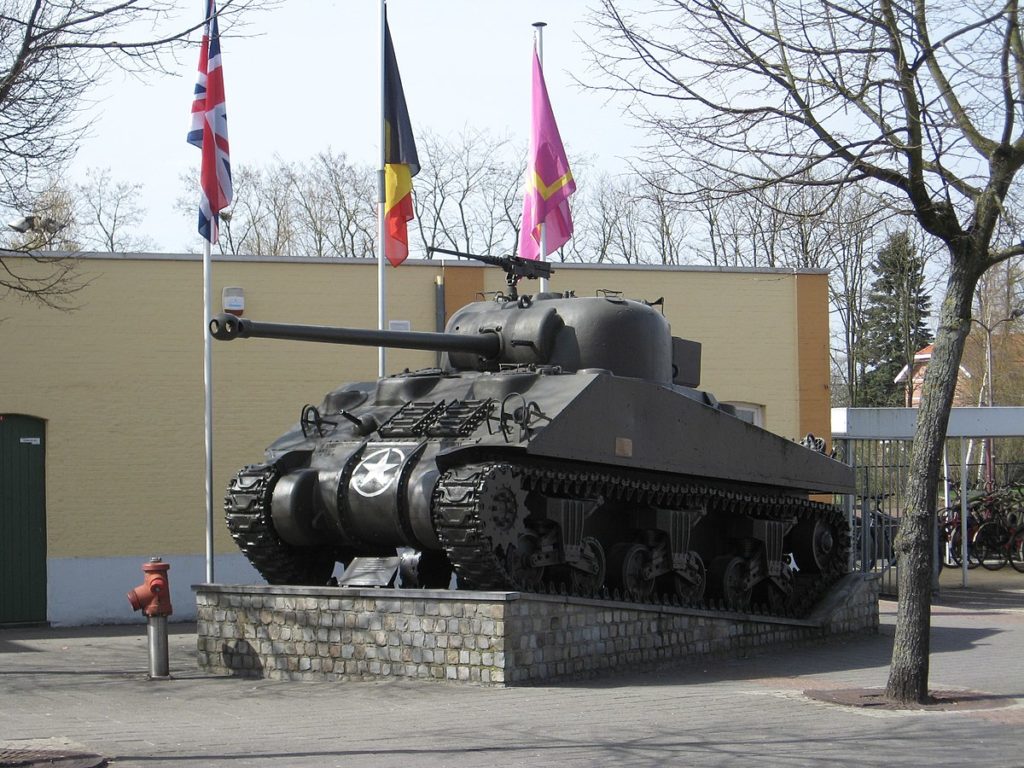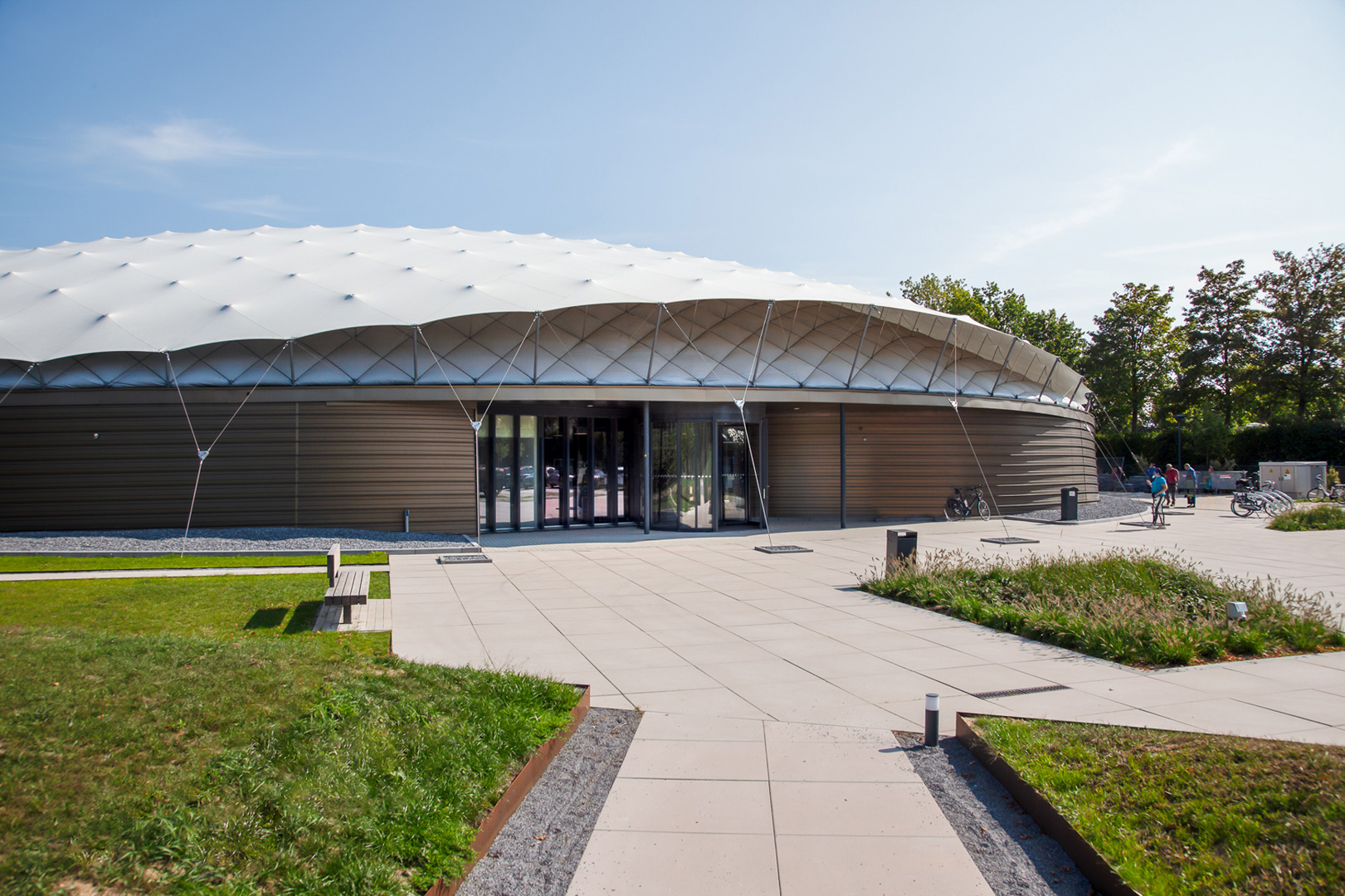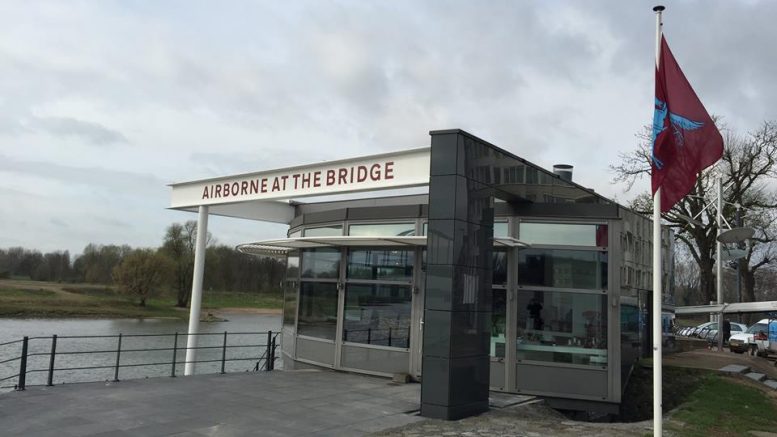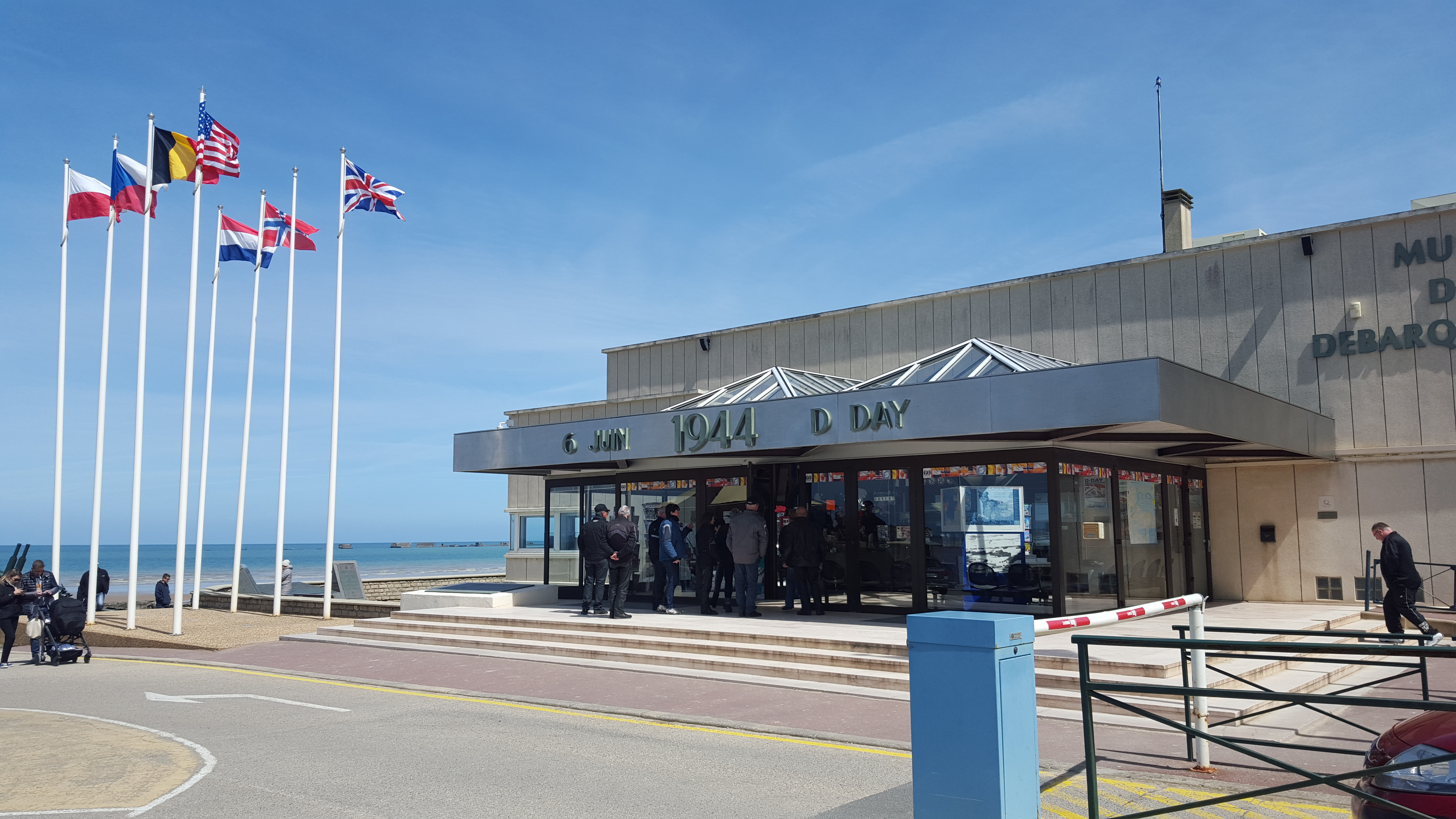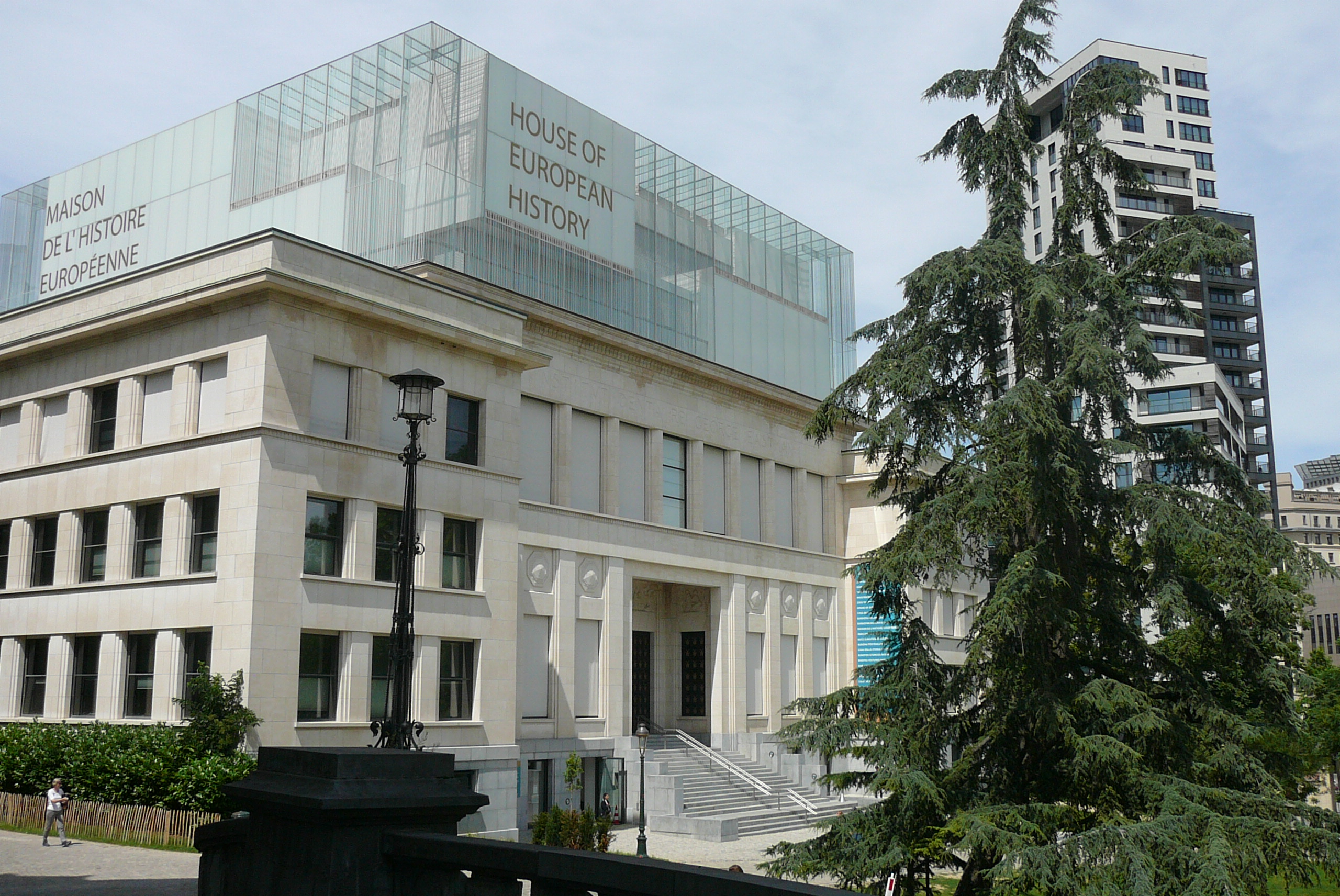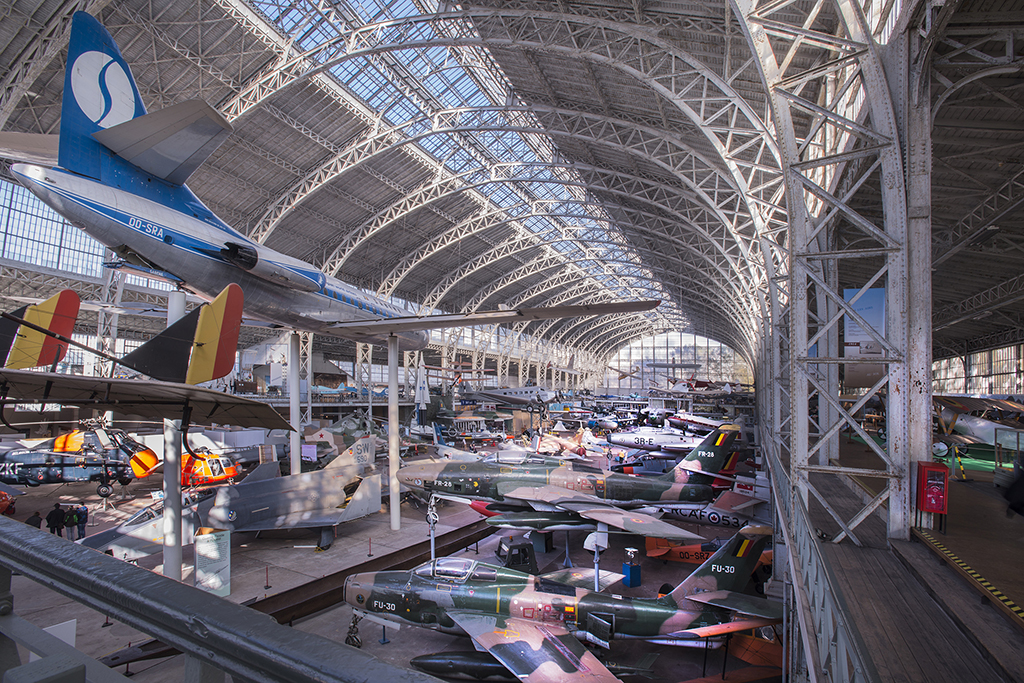
Rough Guides: Travel the Liberation Route Europe is a travel guide dedicated to remembrance sites and itineraries all over Europe.
Order your Rough Guides now!The Belgian 1st Infantry Brigade was formed in early 1943 in England by the Belgian Prime Minister in exile. It reunited the various Belgian units dispersed within the British Army: survivors from 1940, volunteers from the colonies and Legionnaires from North Africa. In command of the Brigade was Jean-Baptiste Piron, a veteran of World War I and officer in the Belgian army in 1940.
This suggested itinerary starts in Arromanches in Normandy where the Brigade of Colonel Piron landed on 8 August 1944. At that time, the Brigade consisted of 2,200 men (including 350 from Luxembourg) and 500 vehicles, operating alongside the 6th British Airborne Division and later with the 49th Infantry Division.
You will continue towards the Sallenelles region, more specifically the towns of Cabourg, Trouville, Deauville and Honfleur, which were liberated by the Piron Brigade. Finally, you will explore the cities of Brussels and Leopoldsburg in Belgium, and the provinces of Limburg and Gelderland in the Netherlands where the Brigade participated in Operation Market Garden.
Upon arrival in Normandy, explore the area around Arromanches and Courseulles where the Brigade of Colonel Piron landed and took part in the Battle of Normandy. The first units of the Piron Brigade came from the United Kingdom on 30 July 1944, while the majority of the brigade arrived on 7 August to take part in the last stage of the battle. Visit the D-Day Museum in Arromanches to get a clear overview of the events from 6 June 1944 onwards in Normandy.
Day 2Head to the village of Sallenelles where the soldier Edouard Gérard was killed on 16 August and became the first Belgian victim in Normandy. Pay Gérard tribute by visiting his grave at the Commonwealth military cemetery in Ranville. Head towards the coast of Calvados and visit the towns of Franceville and Varaville that were freed by the Brigade of Colonel Piron.
Day 3Travel along the coast and pass through the towns of Cabourg, Deauville, Trouville and Honfleur, all liberated by the Piron Brigade between 21 and 24 August 1944. Several commemorative plaques paying tribute to the Brigade can be found in these towns. The Piron Brigade lost 27 men during the fightings in Normandy.
Day 4Travel to Brussels where the Piron Brigade arrived on 4 September 1944. Take a walk in the Parc du Cinquantenaire where violent clashes occurred between resistance fighters and German soldiers during the liberation of the city. In the centre of the park, you can visit the Royal Museum of the Armed Forces and Military History. Continue with a visit to the House of European History before heading to the Parc des Muses in Molenbeek, where a monument commemorates the Piron Brigade. Travel to Leopoldsburg in the Belgian province of Limburg.
Day 5Leopoldsburg was liberated on 11 September 1944 with the help of the Piron Brigade. The Brigade also liberated the prisoner-of-war camp Beverloo, freeing some 900 prisoners and capturing the SS guards. Travel along the Leopoldsburg’s Liberation Trail to discover all the important WWII heritage sites in the vicinity. From May 2020, you will also be able to visit the Liberation Garden Museum that is currently being developed in Leopoldsburg.
Day 6Travel to the Dutch province of Limburg. Here the Piron Brigade assisted several offensives and remained in the area around Wessem for most of October 1944. Head to the Gelderland province and stop by the city of Arnhem, which the Piron Brigade helped to liberate during Operation Anger. Visit the Infocentre WW2 or the National Liberation Museum 1944-1945 in Groesbeek or go to the Airborne at the Bridge information centre in Arnhem. End of the tour.

